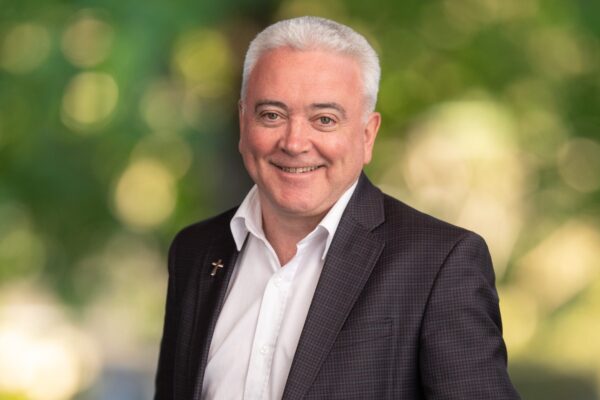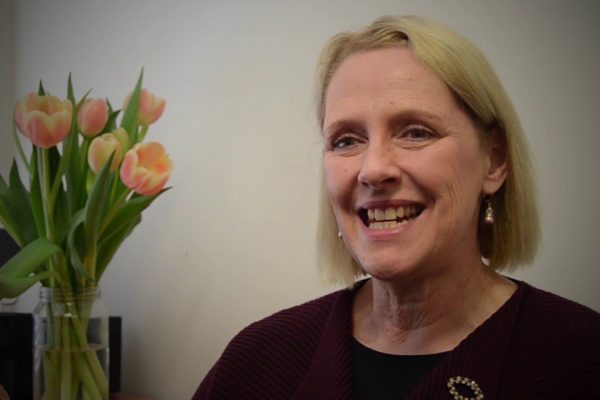Synods in History
In the first millennium whenever there was an issue that was critical for the church, the reaction tended to call for a synod. So significant issues were not left to the decision of just one local church or one bishop but were dealt with by a calling together of all those concerned. Central to this calling of a synod was the presence of the bishops who were of course the leaders of the local churches concerned.
The decisions of these synods normally concerned the churches of a locality – as a rule the various churches belonging to an area centred on one of the major cities. Some local Synods or local Councils have had continuing significance in the life of the church, such as synods held in the city of Orange in Southern France or in Toledo in Spain.
In the first millennium these Councils were much more significant because the bishops had to make significant decisions and had a much more independent attitude towards Rome. Rome was usually only called in when decisions could not be reached or when the disputes could not be settled locally. There was also the practical factor that transport and communications were not easy and recourse to Rome was therefore difficult even had they desired it.
In recent times, Paul VI instituted the Synod of Bishops following Vatican II. The aim of this body was to give expression to the collegiality of the bishops proclaimed at Vatican II. For these synods, each national group of bishops elected one or two from their number to be part of these synods in Rome. There were a good number of such synods between Vatican II and the present day: they dealt with various topics of concern.
There was a constant dissatisfaction with these synods. Many of the participants in the synods felt that they were just being asked to rubber-stamp documents that had been prepared beforehand.
Pope Francis has changed that way of working. So with the synod on marriage and the family, he insisted that there be two sessions one year apart so that bishops had the opportunity to go home and ponder the issues. And he insisted that bishops should give their own genuine responses to the issues which came up at the synod. This meant that there was considerably more animated discussion on the floor of the synod.
Synodality, as we have seen in previous weeks, goes beyond just the involvement of bishops and seeks to include the views of the whole church. As we saw last week, effective processes need to be set in place for this to be able to happen.
By Fr Frank O’Loughlin
This is part 4 of the Plenary Council series, to read parts 1-3 visit the Parish Blog.




Comments
Add Comment